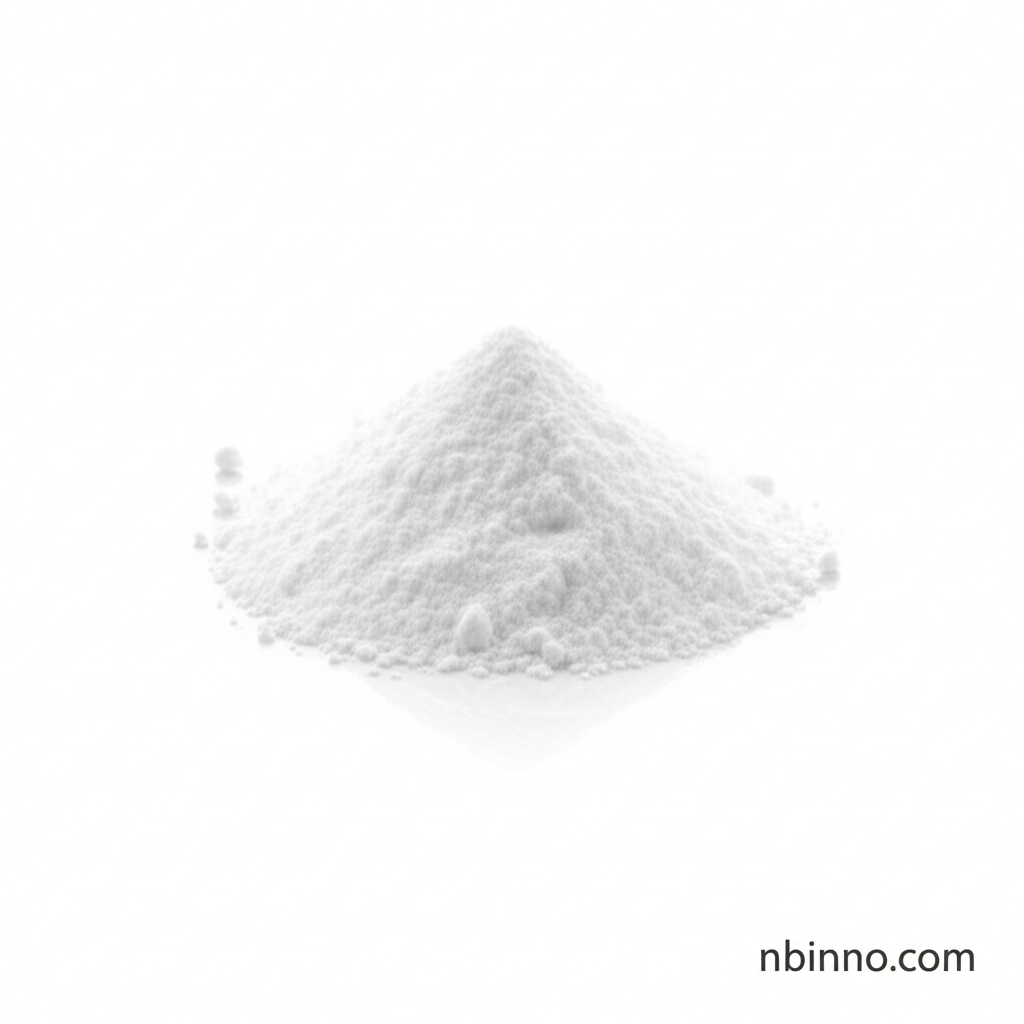Harmaline: A Deep Dive into its Properties and Potential
Explore the multifaceted world of harmaline, from its chemical structure to its groundbreaking research applications.
Get a Quote & SampleProduct Core Value

Harmaline
Harmaline is a naturally occurring alkaloid derived from Peganum harmala seeds, widely recognized for its significant pharmacological properties. Primarily known as a reversible inhibitor of monoamine oxidase A (MAO-A), this compound plays a crucial role in modulating neurotransmitter levels, making it a subject of intense interest in various scientific disciplines.
- Understanding the harmaline properties is key for researchers investigating its neurological effects.
- The diverse harmaline uses research spans from traditional medicine to cutting-edge pharmacological studies.
- As a potent MAO-A inhibitor harmaline offers insights into treating mood disorders and neurodegenerative conditions.
- Sourced from Peganum harmala extract, this natural alkaloid harmaline is a critical component in botanical and chemical research.
Key Advantages of Harmaline
Neuroscience Research Applications
Harmaline is extensively studied for its effects on the central nervous system, aiding in the understanding of neurodegenerative diseases and neurotransmitter functions, which is a crucial aspect of neuroscience research harmaline.
Pharmacological Significance
Its role as a reversible MAO-A inhibitor makes it invaluable in the pharmacology of harmaline, potentially leading to new treatments for conditions like depression and anxiety.
Ethnobotanical and Traditional Uses
Harmaline is deeply rooted in traditional medicine harmaline practices, where its psychoactive properties have been utilized in various cultural rituals and ceremonies.
Key Applications
Neuroscience Research
Harmaline's impact on brain function makes it a vital tool for researchers studying neurological disorders, exploring the psychoactive effects harmaline has on cognitive processes.
Pharmacological Studies
As a MAO-A inhibitor, harmaline is used to investigate the mechanisms behind mood disorders and to develop potential therapeutic agents.
Traditional Medicine
Its historical use in various cultures highlights its significance in ethnobotany and the study of plant-derived medicinal compounds.
Addiction Research
Ongoing studies are examining harmaline's role in addiction pathways, seeking to uncover potential new avenues for treating substance use disorders.
